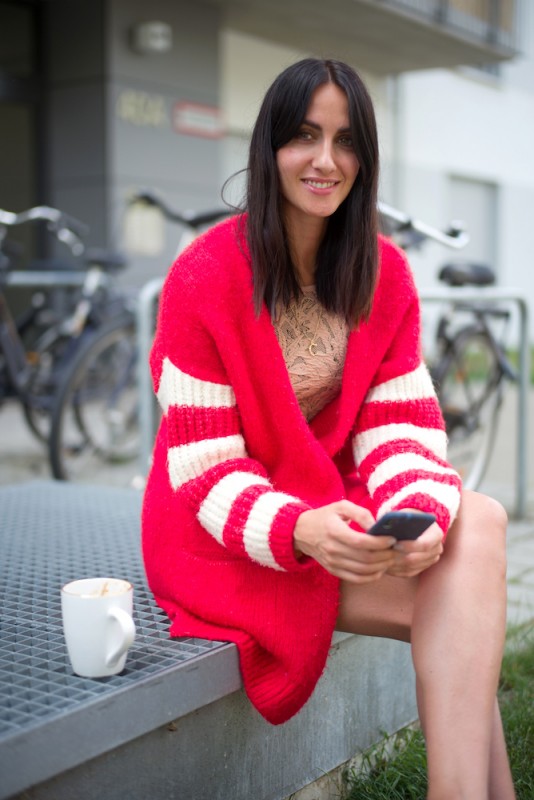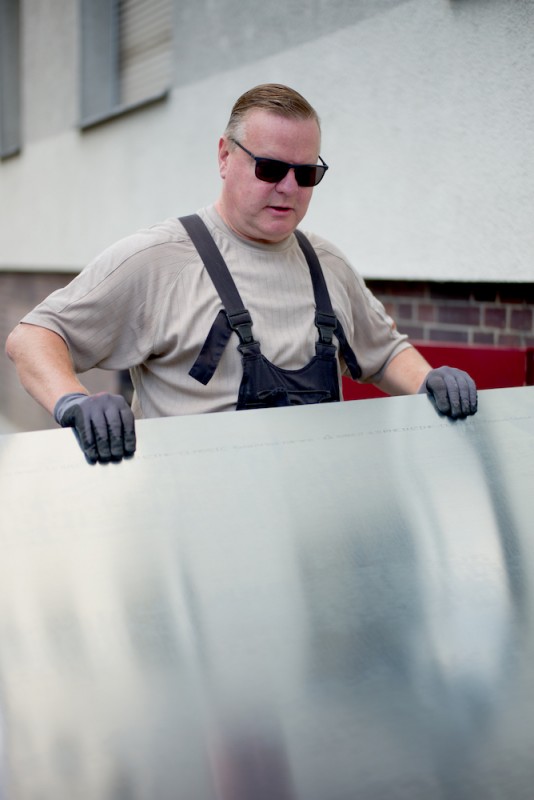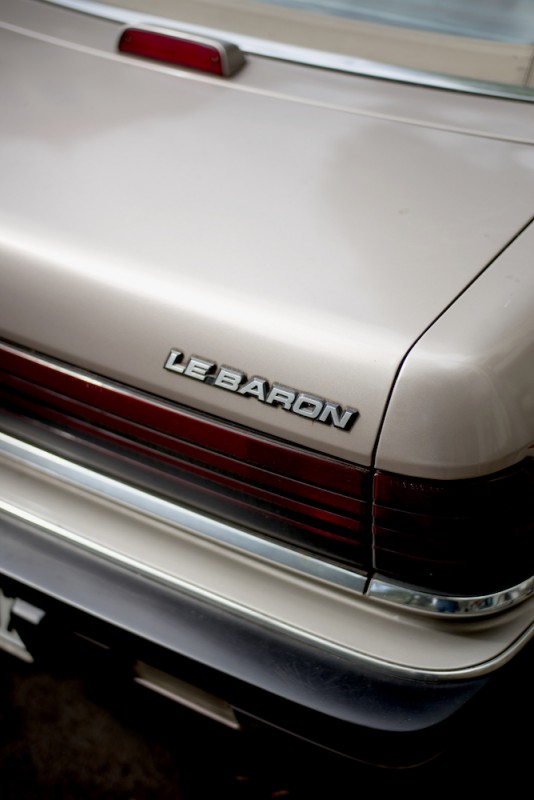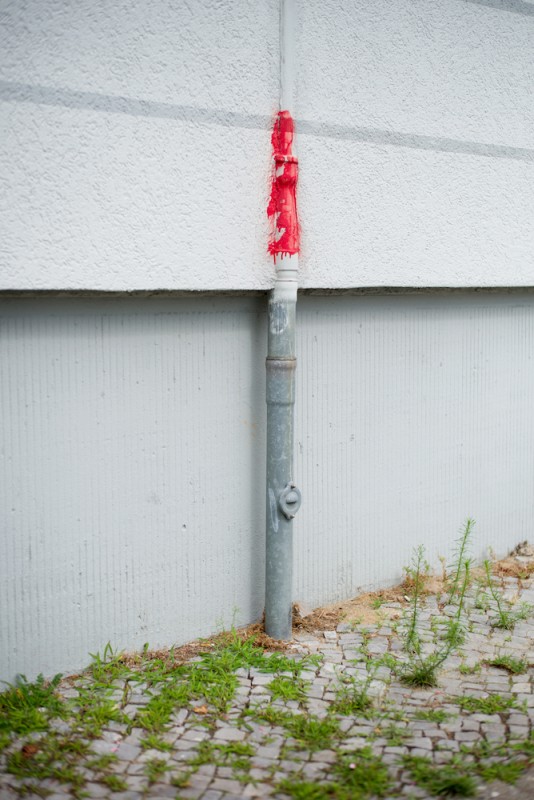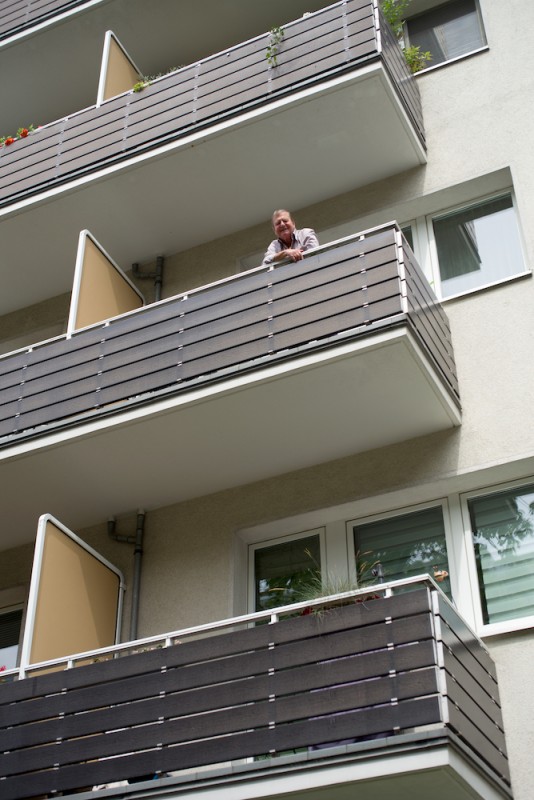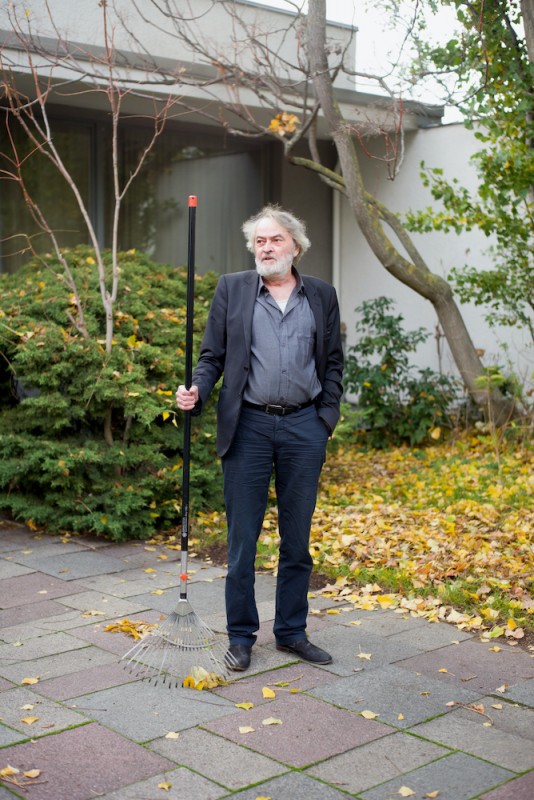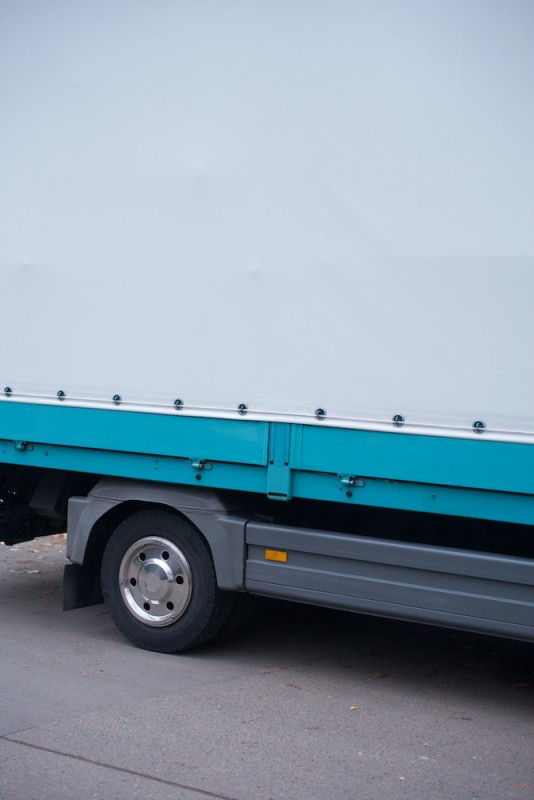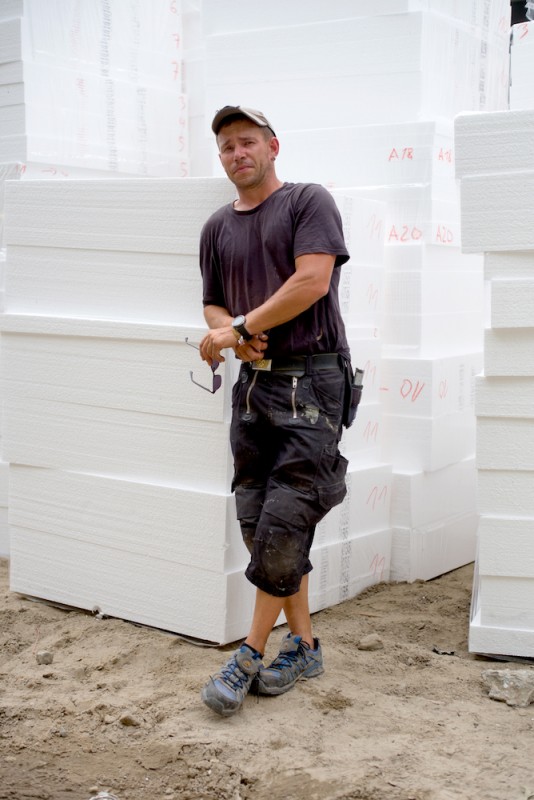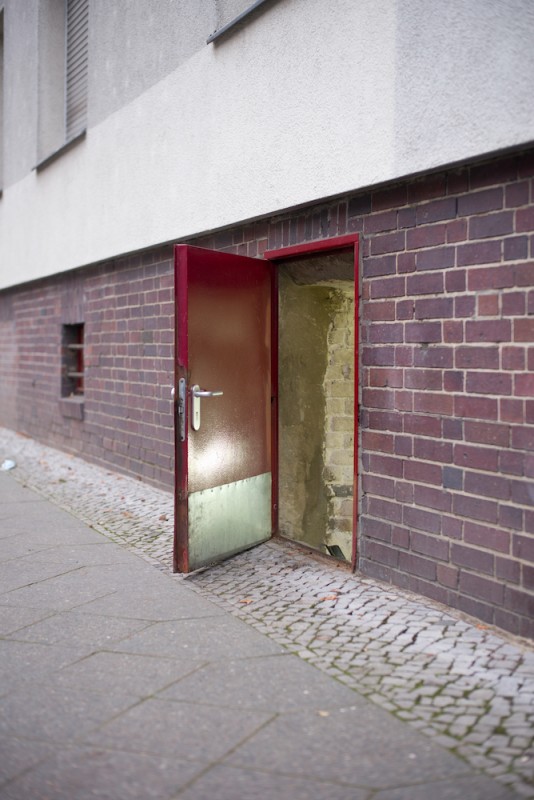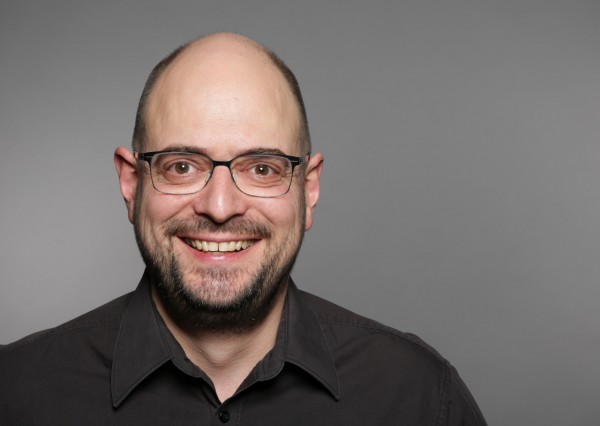Seesener Straße
Seesener Straße
Andreas Schmidt
March 25, 2022
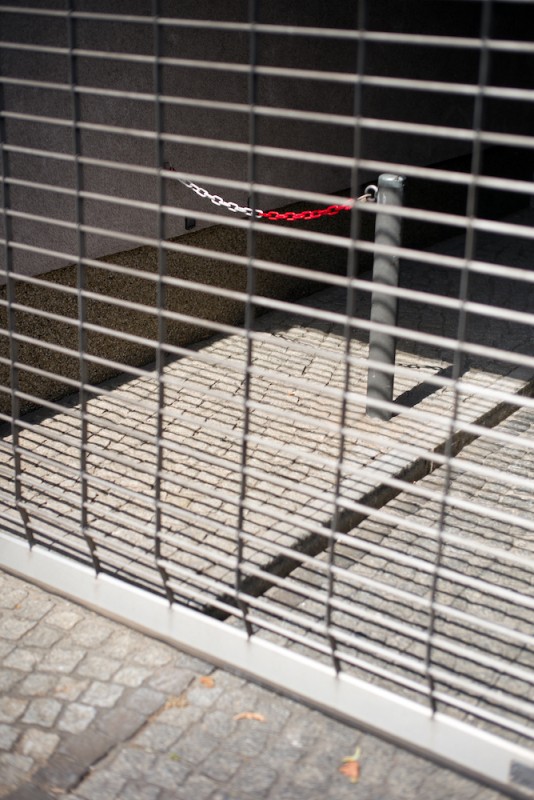
LFI:What is it that fascinates you about the hustle and bustle in this part of Berlin?
Andreas Schmidt: The mundaneness! Living and working, trading, crafts, industry, lingering, greetings and farewells, the quiet and the loudness. It's the same kind of stuff I know and like about my own life. Speaking with people, I quickly discover more: the shy family man, who is also a SAP (systems, applications, and products) consultant; the wild rocker, who works as a radio moderator; the well-tailored suit that will be part of the outfit of a future teaching student; the builder, who is enthusiastic about digital photography, and is open for suggestions about where to get a micro SD card close by. Behind each of the photos, I experienced a pleasant encounter and a little story.
What criteria do you use to choose your motifs? What kind of situations incite you to push the trigger?
I find photography so fascinating precisely because of the creative aspect: I put together an image that I never imagined would become reality a few minutes later – intuition precedes my first decisive impulse. I still thoroughly enjoy looking, experiencing surprises, perceiving structures, feelings and movement; and then, remaining conscious of the motif I've discovered. Pushing the trigger is just as much a part of it all as looking at the results.
Do you have any photographic role models?
Yes, I have many – in particular, people who got going and actively approached people, while taking photographs! Henri Cartier-Bresson; stern magazine photographers of the sixties and seventies; Ara Güler, Evelyn Richter, Harald Hauswald, Jim Rakete, Barbara Klemm, and Anton Corbijn; as well as the imagery of magazines, such as the Süddeutsche Zeitung and brand eins. And many great colleagues who cavort around on Instagram and such.
I find it even more important, however, to be your own role model, and to be engaged with your own results. So I would give every photographer the unasked-for advice that they repeatedly look at their own pictures; that they turn them around 180 degrees; that they examine the graphic design of the image closely; and that they ask themselves: “Is there calm, strength and clarity in what I've produced?”
What was working with the Leica M-P like?
I took this series with the M-P (Typ 240) and the Summilux-M 50mm f/1.4 ASPH, with open aperture. I take 95% of my pictures with this “realistic” 50mm focal length. I almost always carry around this combination, as well as one, two and three additional lenses, from 28 to 90mm. This way, I can take pictures in many moments of my life, quite by chance. I like Leica's reduced, clear and powerful industrial design. With Leica M cameras and lenses, I can craft my work in a clean, calm and relaxed manner. Leica lenses are phenomenally good – with a very beautiful bokeh and outstanding sharpness, right to the corners of the image. That becomes particularly evident in the prints that I can produce in up to 50 x 75 cm. What I really appreciate about the M system is that I can easily combine digital and analogue work. If I want the raw, original quality of analogue photography, I use the analogue M6 instead of the digital M-P. Just pop in the film and off we go!
Andreas Schmidt+-
Born in 1968, Andreas Schmidt grew up in Westphalia, and has been actively taking pictures since he was young. After studying in Münster, he went to Vienna, Leipzig and Essen. His pictures have been published for many years in national newspapers and magazines. These include: Beat Magazin, Der Tagesspiegel aus Berlin, Märkische Allgemeine Potsdam, Freie Presse Chemnitz, Nürnberger Nachrichten, Wiener Zeitung and ZEIT ONLINE. More

